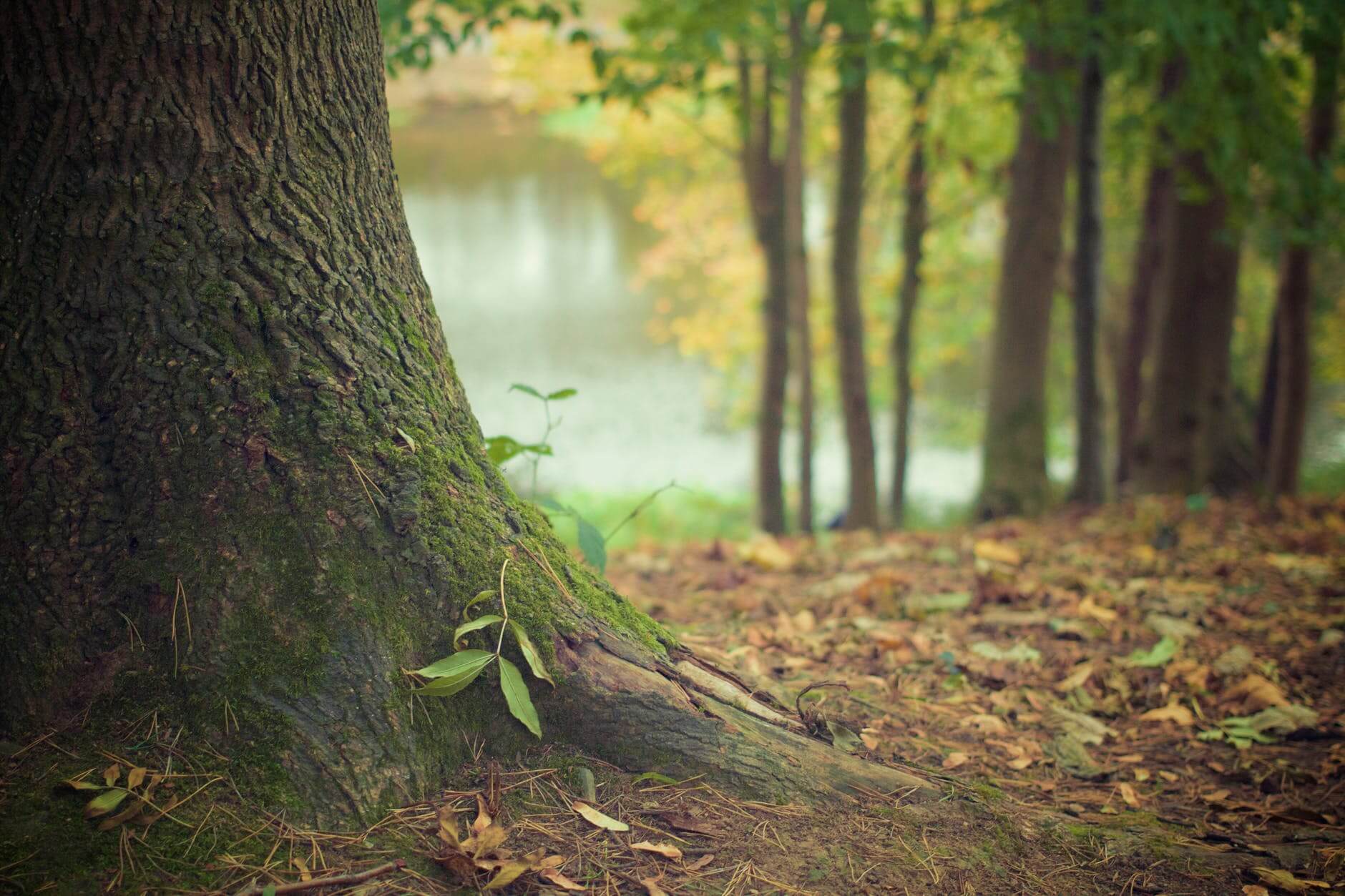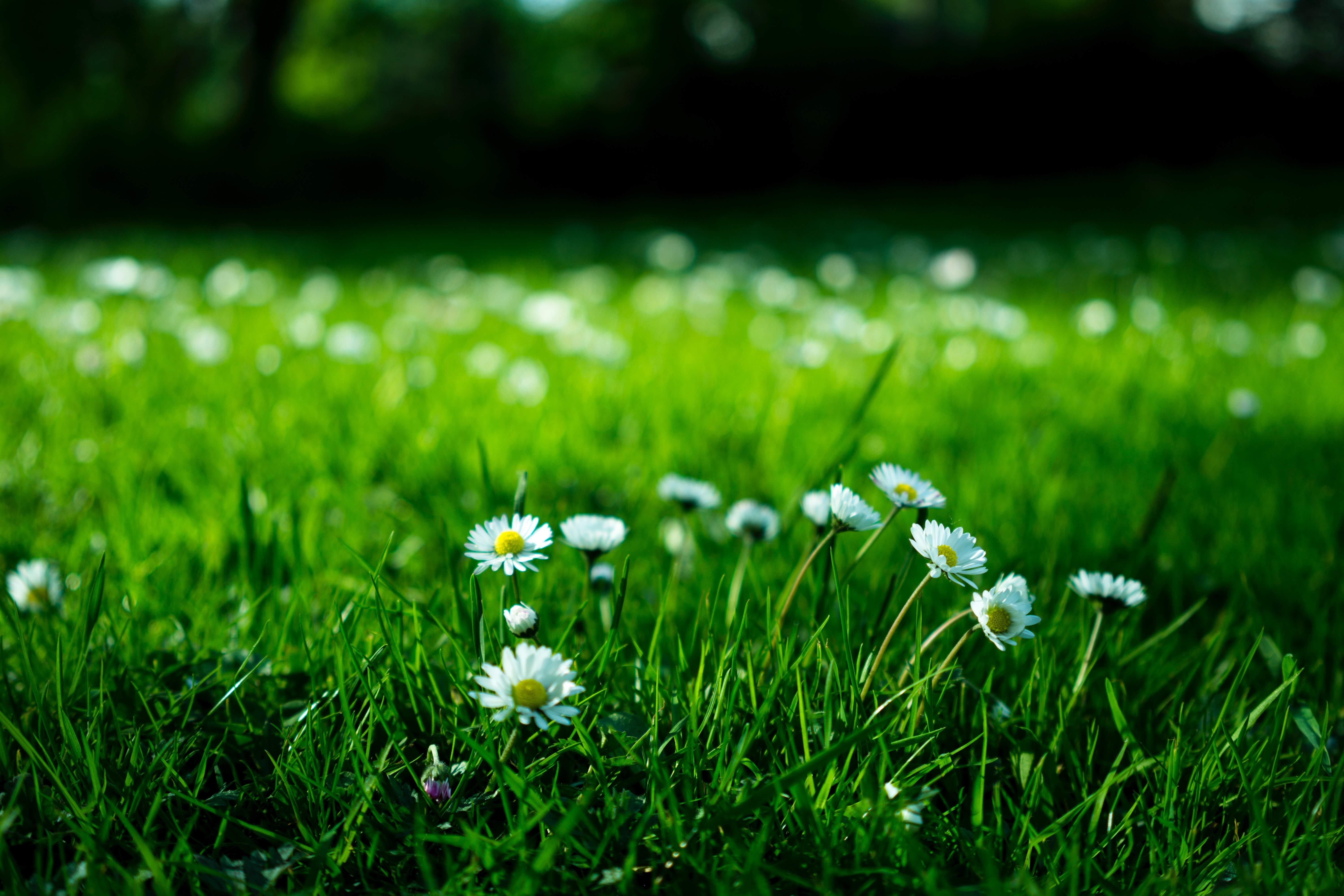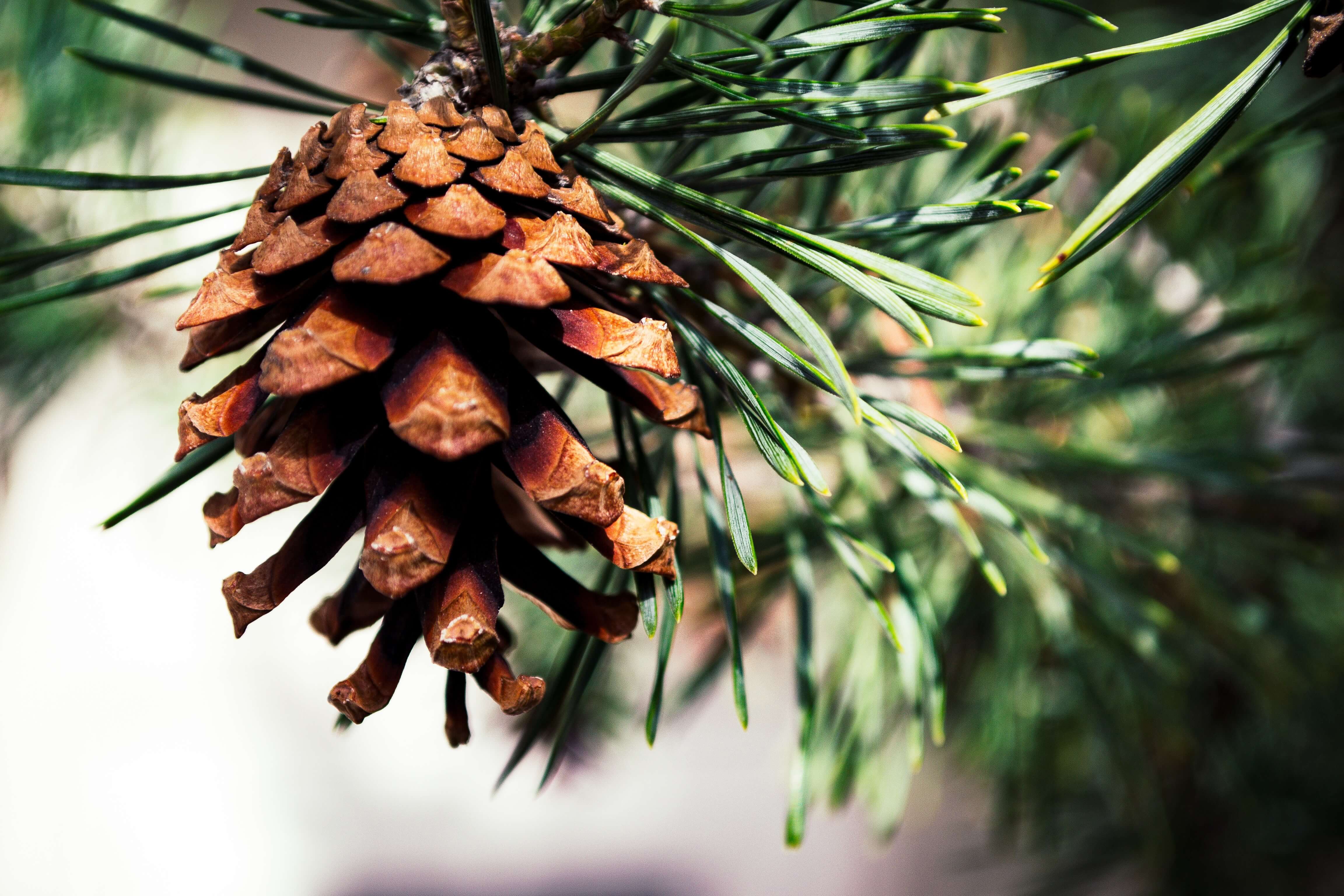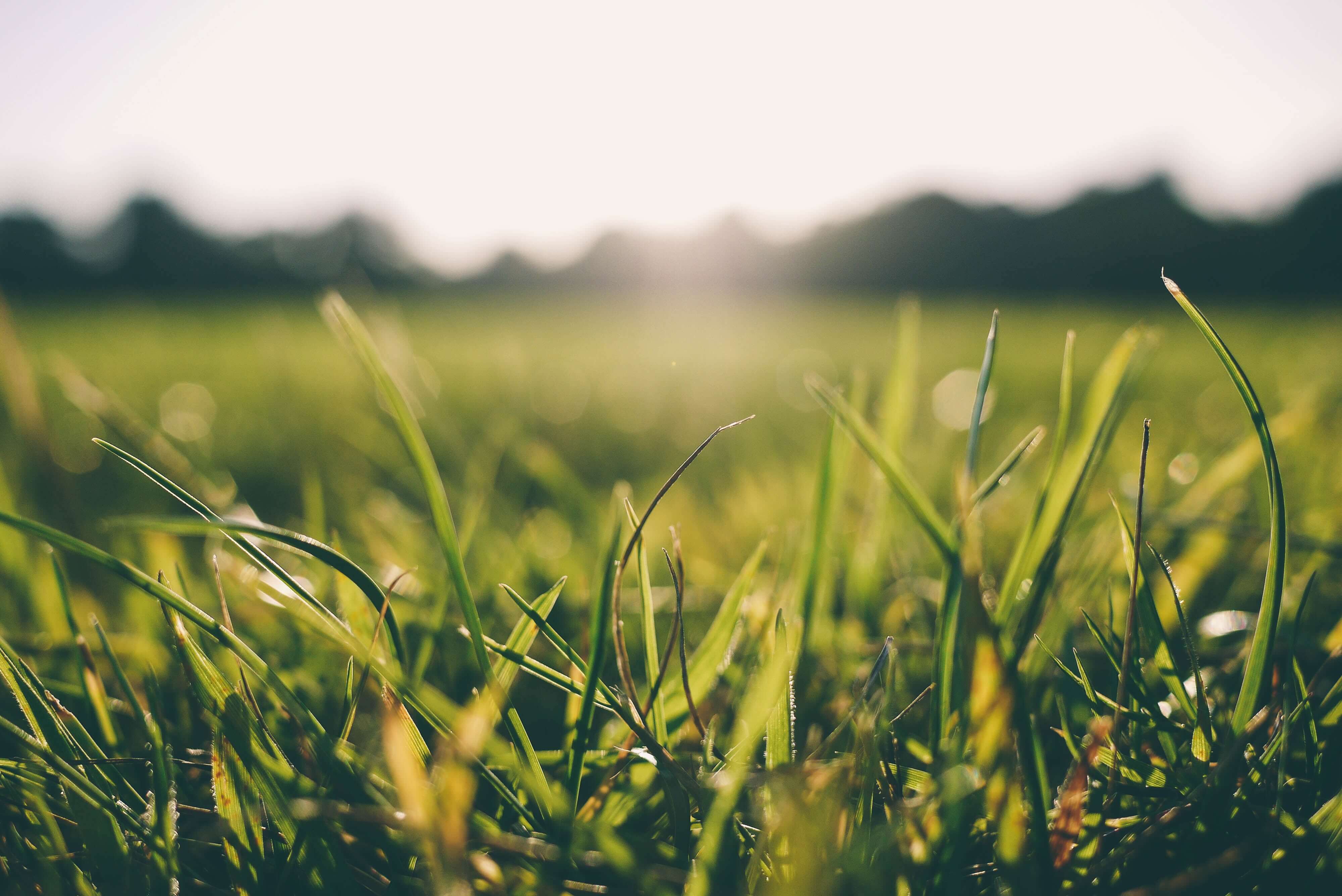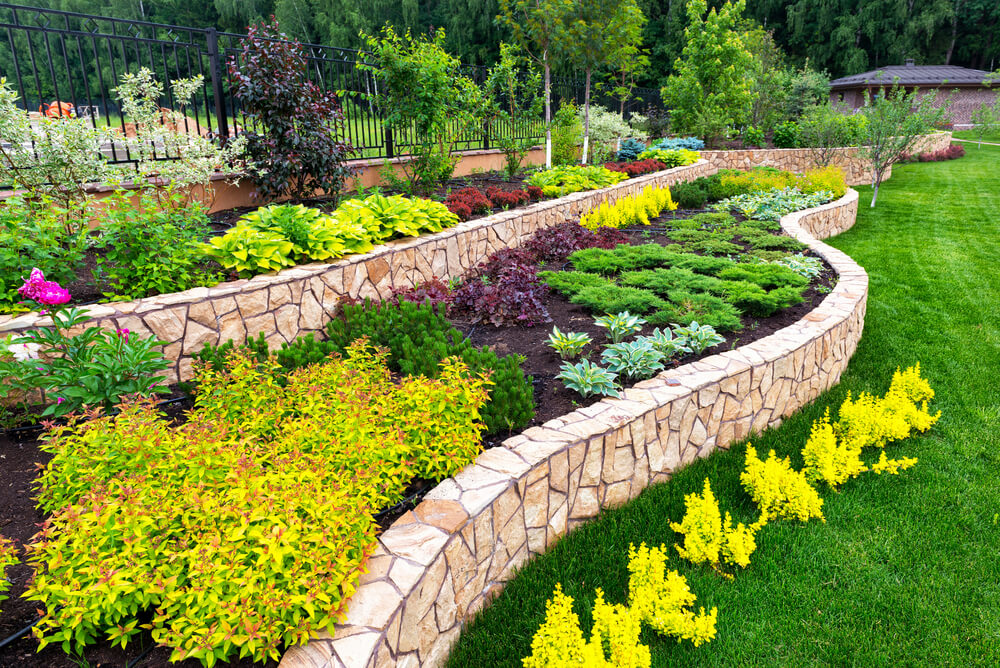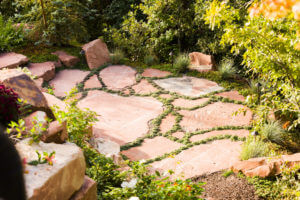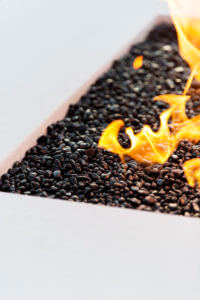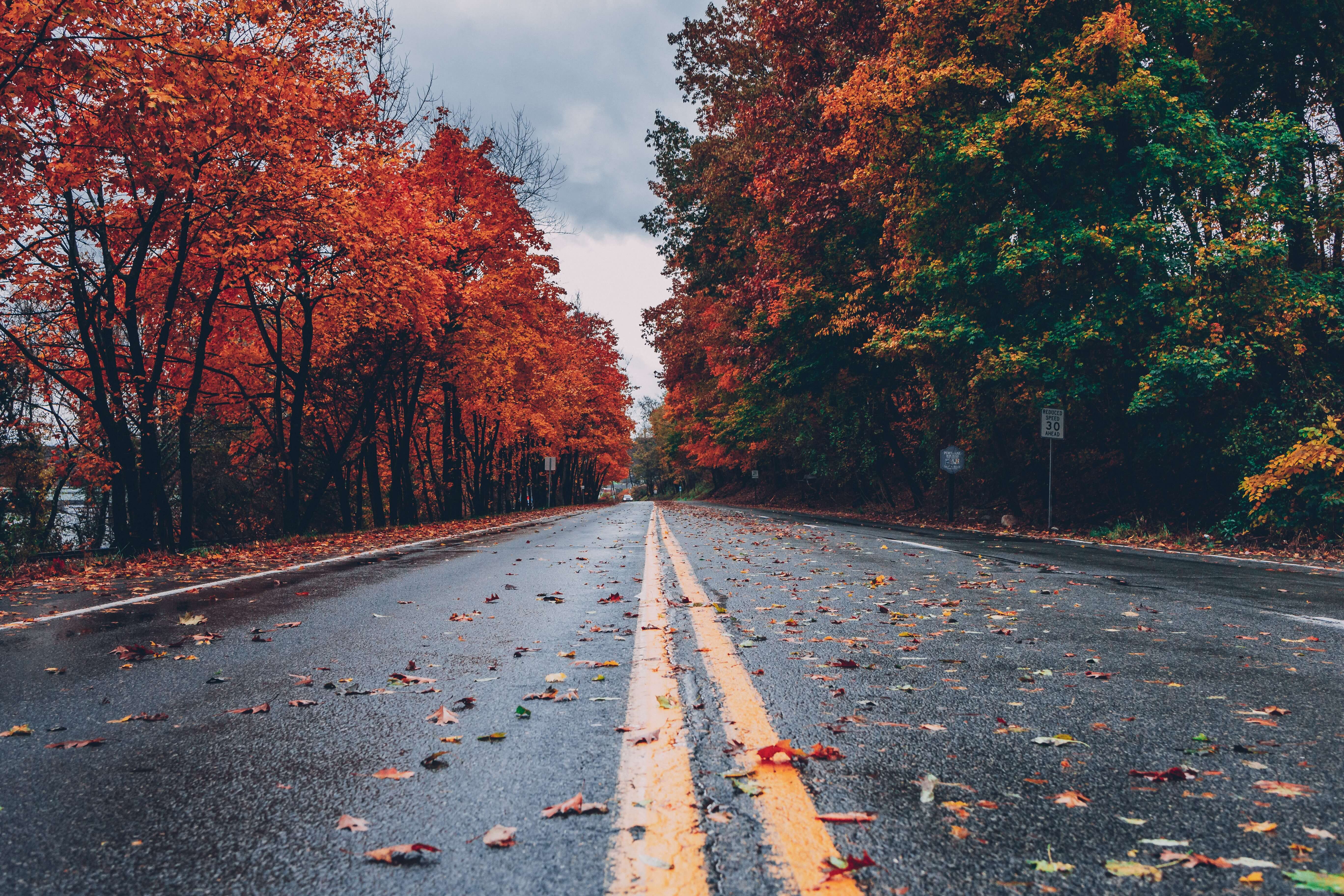
Fall brings changes in the weather, and it also brings changes to your yard and landscape, there are steps to take to get your yard ready for winter.
There are several important things to remember for Fall:
We’re going to let you know everything you need to do in order to have a clean, well-kept and lively yard.
Lawn Care
Keeping your lawn in order, and prepared to come back the following year healthy, full and vibrant can be easy, and when you get ahead of it, it will save you time and energy the next Spring.
- Keep leaves off the yard to prevent it from dying before the lawn goes into hibernation.
- Overseed dying parts and new grass areas.
- Fertilize lawn with a “Fall” fertilizer.
- The best fall fertilizers will be the ones labeled 4-1-2, which refers to the amount of nitrogen, phosphorus, and potassium in the fertilizer.
- Try to time the last fertilizing about 3 weeks before you do the final mowing of the season.
- Keep cutting your grass, but to a 2.5 – 3” length, and at the final cut do 1.5-2’.
- This prevents snow mold and helps your grass grow in the spring.
- Continue watering.
- Aerate the yard once a year.
- This helps remove plugs in your yard and helps it grow back stronger and healthier.
Shrubs, Bushes, and Plants
- Mulch and regularly water new-planted conifers.
- Don’t prune your bushes in the fall.
Miscellaneous Items
- Clean your gutters out.
- Keep your lawn tools clean and ready for the next year!
- Drain water hoses.
- Winterize Machinery
- “Fog” the engine with an oily spray that will prevent moisture from ruining your engine. You can buy the spray at an auto parts store.
- Ensure batteries are fully charged before winter.
- Use a fuel stabilizer to prevent stored gas from gumming up.

